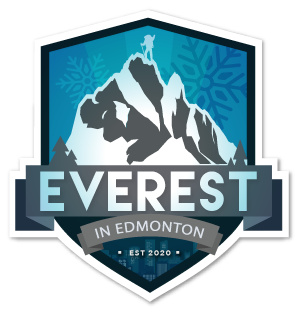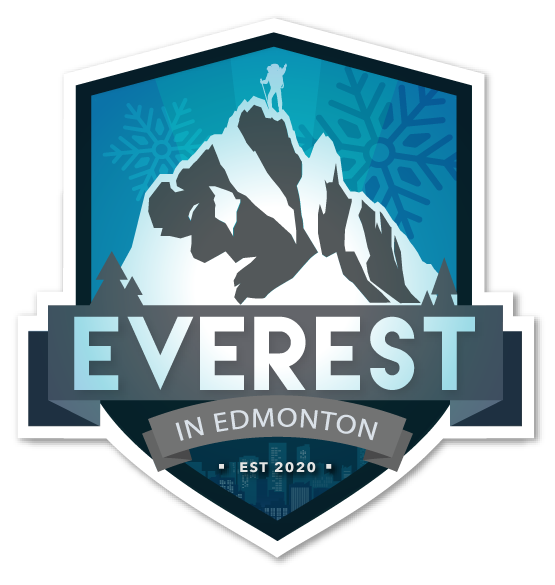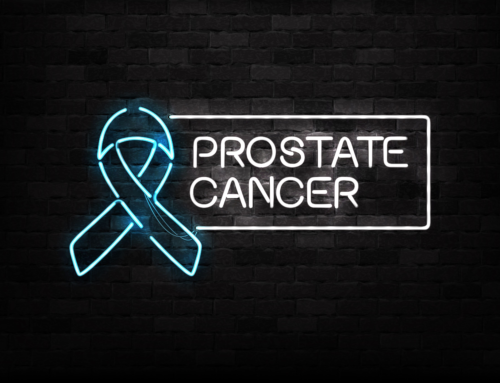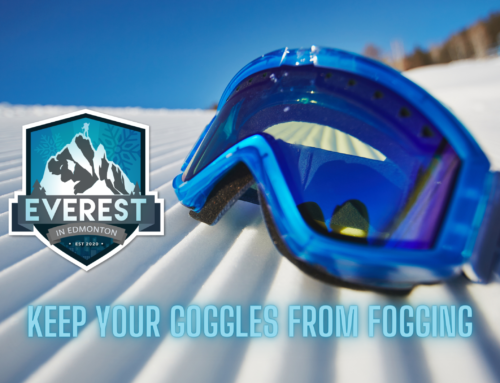Snow Blindness: It’s Real and it Happened to Me
So, I’m on a long hike around 28 km on a Saturday, through the River Valley in Edmonton Alberta, Canada, and it’s around -25 Celsius but incredibly sunny and snow is on the ground. After around 2-3 km’s I take my sunglasses off and toss on my goggles but for some reason and I always know what to do to avoid fogging but today was not working, so I went without. For the remainder of the hike, I’m starring down most of the time. After the hike was over and I walked inside, everything got super weird. I experienced:
- Vision loss
- Eye pain
- Watering eyes
- Eye swelling
- A headache
- Seeing halos around bright lights
- A gritty feeling in my eyes
- Redness in your eyeballs and eyelids
- Eyelid twitching
- Pain when seeing bright light
What Causes Snow Blindness?
Despite its name, snow blindness does not require snow to occur. It can happen after many different situations with bright sunlight or UV rays.
Outdoor areas with many light-colored surfaces will reflect more UV rays. UV rays also get stronger the higher you are above the ground. Some machinery can also produce UV rays.
How can Snow Blindness be avoided?
Oddly enough, Snow Blindness can occur at anytime, even without snow present. A day at the beach can be hazardous if proper eye protection isn’t worn, as the water and sand can reflect and amplify the sun’s powerful rays.
How can snow blindness be prevented?
The best way to prevent snow blindness is to wear proper eye protection. If you’re planning to spend several hours in the snowy weather, wear snow goggles that are designed to block UV rays. If you’ve got warmer plans this winter, you can wear sunglasses that are designed to block or absorb 99 percent or more of UV rays.
Trust me on this one get the right protective gear for your eyes and Hiking is a bit like life: The journey only requires you to put one foot in front of the other…again and again and again. And if you allow yourself the opportunity to be present throughout the entirety of the trek, you will witness beauty every step of the way, not just at the top.
Join us Saturday February 26.2022 for Everest in Edmonton-2 for a 44.5 km hike throughout the city of Edmonton Alberta Canada River Valley and all proceeds raised will go to Myeloma Canada. Register and Donate today.
Connect with Everest In Edmonton below:
Snow Blindness: It’s Real and it Happened to Me
So, I’m on a long hike around 28 km on a Saturday, through the River Valley in Edmonton Alberta, Canada, and it’s around -25 Celsius but incredibly sunny and snow is on the ground. After around 2-3 km’s I take my sunglasses off and toss on my goggles but for some reason and I always know what to do to avoid fogging but today was not working, so I went without. For the remainder of the hike, I’m starring down most of the time. After the hike was over and I walked inside, everything got super weird. I experienced:
- Vision loss
- Eye pain
- Watering eyes
- Eye swelling
- A headache
- Seeing halos around bright lights
- A gritty feeling in my eyes
- Redness in your eyeballs and eyelids
- Eyelid twitching
- Pain when seeing bright light
What Causes Snow Blindness?
Despite its name, snow blindness does not require snow to occur. It can happen after many different situations with bright sunlight or UV rays.
Outdoor areas with many light-colored surfaces will reflect more UV rays. UV rays also get stronger the higher you are above the ground. Some machinery can also produce UV rays.
How can Snow Blindness be avoided?
Oddly enough, Snow Blindness can occur at anytime, even without snow present. A day at the beach can be hazardous if proper eye protection isn’t worn, as the water and sand can reflect and amplify the sun’s powerful rays.
How can snow blindness be prevented?
The best way to prevent snow blindness is to wear proper eye protection. If you’re planning to spend several hours in the snowy weather, wear snow goggles that are designed to block UV rays. If you’ve got warmer plans this winter, you can wear sunglasses that are designed to block or absorb 99 percent or more of UV rays.
Trust me on this one get the right protective gear for your eyes and Hiking is a bit like life: The journey only requires you to put one foot in front of the other…again and again and again. And if you allow yourself the opportunity to be present throughout the entirety of the trek, you will witness beauty every step of the way, not just at the top.
Join us Saturday February 26.2022 for Everest in Edmonton-2 for a 44.5 km hike throughout the city of Edmonton Alberta Canada River Valley and all proceeds raised will go to Myeloma Canada. Register and Donate today.
Connect with Everest In Edmonton below:





